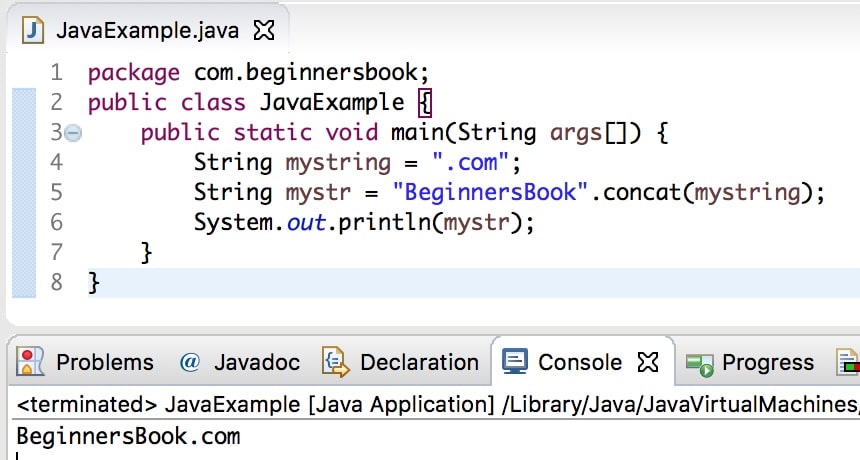When you’re working with strings in Java, you might be tempted to use the ‘+’ operator for concatenation, but did you know there’s a better way?
While the ‘+’ operator and concat() method work fine for small-scale operations, they’re not the most efficient choices.
If you want to elevate your code’s performance and handle string concatenation like a pro, there’s a powerful tool you should be using instead.
In this piece, we’ll investigate the benefits of StringBuilder and show you how it can take your string concatenation to the next level.
Using the “+” Operator for String Concatenation
The trusty + operator is a go-to choice for quickly joining strings together in Java, but it’s not without its drawbacks. When you use the + operator to concatenate strings, a new String object is created each time the operation is performed.
This means that if you’re concatenating a large number of strings or performing repeated concatenations, you’ll end up creating numerous String objects, which can impact memory usage and performance.
The time complexity of string concatenation using the + operator is O(n), where n represents the number of strings being concatenated. While the + operator is convenient for small-scale string concatenation, it becomes less efficient as the size of the operation grows.
Keep in mind that compiler optimizations may help improve performance, but profiling is still recommended to assess the actual impact.
The concat() Method for String Concatenation

Java’s String class offers the handy concat() method for stitching strings together, providing a more efficient alternative to the + operator for small-scale concatenation.
The concat() method takes the specified string and appends it to the end of the current string, returning a new String object with the combined value.
While concat() performs better than the + operator for small string operations, it can still be inefficient for large-scale concatenation because of the creation of new String objects.
The time complexity of concat() is O(n), where n is the number of strings being combined.
For the best performance in extensive string manipulation scenarios, consider using the StringBuilder class instead, which allows for mutable string operations and reduced memory overhead.
StringBuilder: The Efficient Way to Concatenate Strings
When it comes to efficient string concatenation in Java, StringBuilder is your go-to choice. It offers a mutable and memory-efficient way to manipulate strings, avoiding the overhead of creating new String objects with each concatenation operation.
StringBuilder outperforms other methods, and you can leverage its capabilities. There are also best practices to follow for ideal string concatenation.
Why StringBuilder is more efficient
StringBuilder, Java’s mutable string class, offers a highly efficient approach to concatenating strings, making it the go-to choice for performance-critical scenarios.
It operates by modifying a single string object, eliminating the need to create new objects for each concatenation. This results in reduced memory usage and faster execution compared to using the + operator or concat() method.
Here’s a comparison of string concatenation methods:
| Method | Time Complexity | Memory Usage | Thread-Safe |
|---|---|---|---|
+ Operator | O(n^2) | High | Yes |
concat() | O(n) | High | Yes |
StringBuilder | O(n) | Low | No |
StringBuffer | O(n) | Low | Yes |
How to use StringBuilder for string concatenation
To efficiently concatenate strings in Java, you’ll want to use the StringBuilder class. It provides a mutable sequence of characters, allowing you to append strings without creating new String objects.
By using the append() method, you can concatenate strings with a time complexity of O(n), where n is the number of strings being concatenated.
This approach is faster than using the + operator or the concat() method, especially for large-scale string concatenation.
As an illustration, you can create a StringBuilder object and use the append() method to concatenate strings like this:
StringBuilder sb = new StringBuilder();
sb.append(‘Hello’);
sb.append(‘ ‘);
sb.append(‘World’);
String result = sb.toString().
Best practices for using StringBuilder
Now that we’ve covered how to use StringBuilder for efficient string concatenation, let’s examine some best practices to make the most of this powerful class.
- Initialize with an appropriate capacity: Specify the expected length of the final string when creating a StringBuilder to minimize internal resizing operations.
- Use append() for concatenation: The append() method is optimized for adding strings to StringBuilder. It’s more efficient than the + operator.
- Avoid unnecessary toString() calls: Only call toString() when you need the final string. Frequent conversions between StringBuilder and String can impact performance.
- Reuse StringBuilder instances: If you have multiple string concatenations in a loop, consider reusing a single StringBuilder by clearing it with setLength(0) between iterations.


















